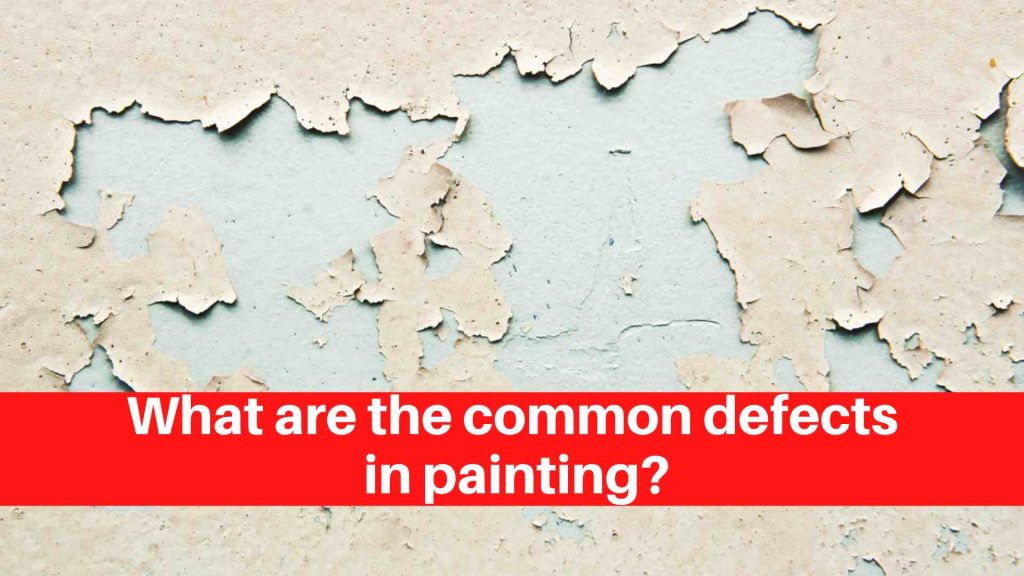What Are the Most Common Painting Flaws?
There are numerous types of painting flaws that can occur during the painting process. Blistering and peeling, fading, grinning, chalking, running, sagging, flaking, and blooming are some of the most common defects.
1. Blistering occurs when paint bubbles form on the surface of the paint film. This can be caused by a number of factors, including incorrect paint application, poor surface preparation, or extreme weather conditions.
2. Peeling occurs when the paint film begins to lift away from the underlying surface. This can be caused by poor surface preparation, using the wrong type of paint for the surface being painted, or applying paint to a surface that is too hot or cold.
3. Fading can occur when the paint is exposed to direct sunlight or other bright light sources. The pigments in the paint may begin to degrade over time, causing the color of the paint to fade.
4. Grinning occurs when brushstrokes are visible in the finished paint job. This is frequently caused by using a brush that is too small for the area being painted or by not allowing enough time for the first coat of paint to dry before applying subsequent coats.
5. Chalking is another common defect that occurs when tiny bits of pigment is released from the paint film due to abrasion. Chalking can be caused by using low-quality paint or failing to properly prime and prepare surfaces before painting them.
6. Running is another issue that occurs when paint drips or runs down the surface. This happens when the paint is applied too thickly or dries too slowly, causing it to run down the surface.
7. Sagging can be caused by improper paint mixing or using too thin paint. This happens when the paint isn’t applied evenly to the surface, resulting in an uneven, often textured finish. Sagging can be caused by a variety of factors, including incorrect brush technique, using too much paint, or applying the paint to a surface that is too hot or cold.
8. Flaking can be caused by using a paint that is incompatible with the surface being painted or by not allowing enough drying time between coats of paint. This can happen for a variety of reasons, but the most common is that the paint was not properly adhered to the surface before application. It could also be due to poor preparation (not properly cleaning or sanding the surface before painting) or using a paint that is incompatible with the surface material.
9. Blooming can also occur, which is when the paint appears cloudy. The most common cause of blistering is a lack of adhesion between the paint and the underlying surface. This can be caused by using paint that is incompatible with the surface, failing to properly prepare the surface before painting, or applying the paint too thickly.
As you can see, there are numerous common painting defects that can occur on both interior and exterior surfaces. Understanding the causes of these defects and taking proactive steps to prevent them will ensure that your painted surfaces remain in top condition for years to come. With proper preparation, quality materials, and skilled application methods, you will be able to create beautiful finishes that will last for a long time.

